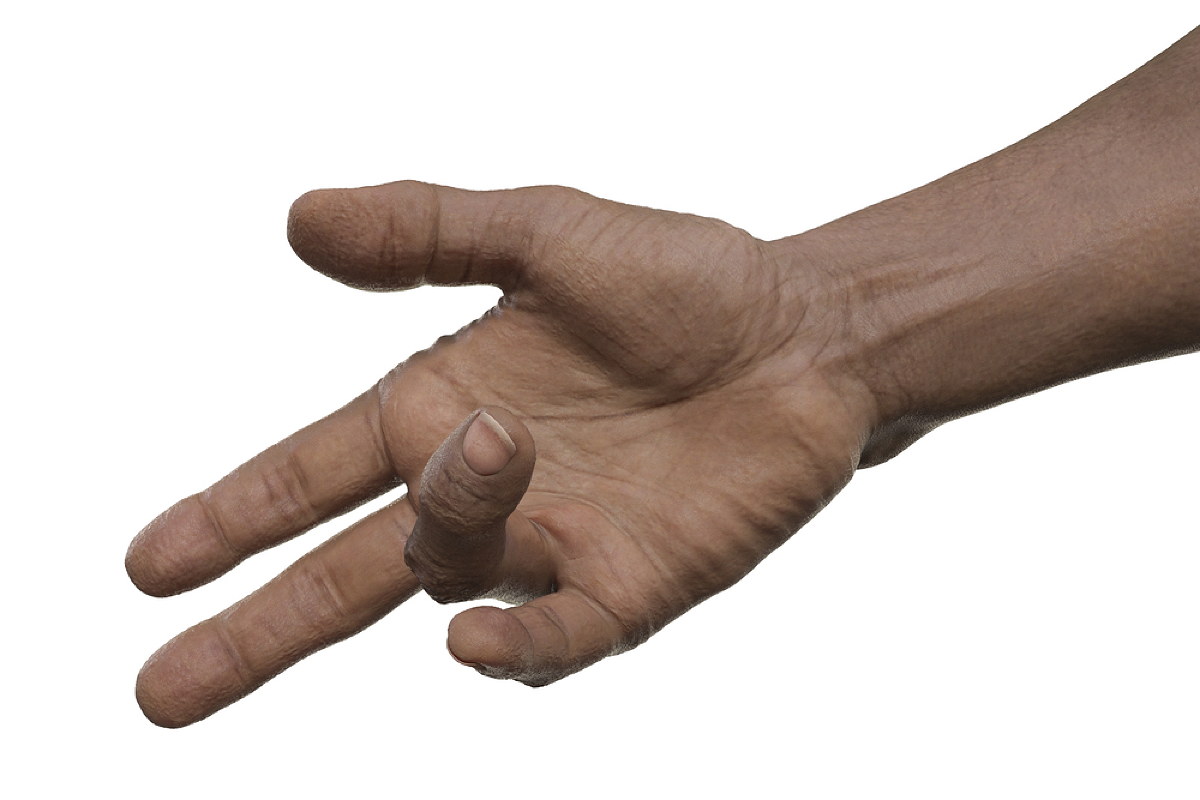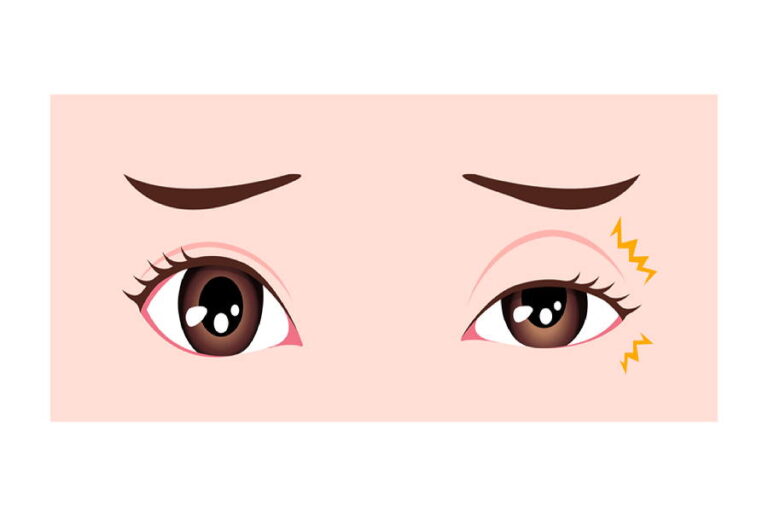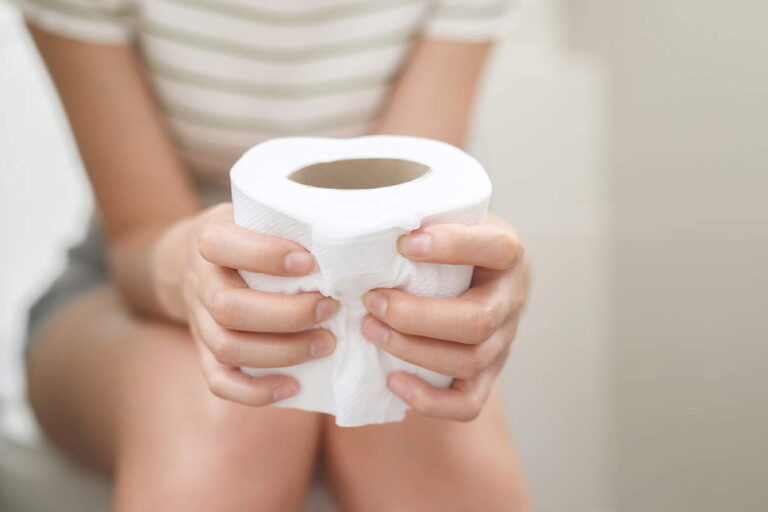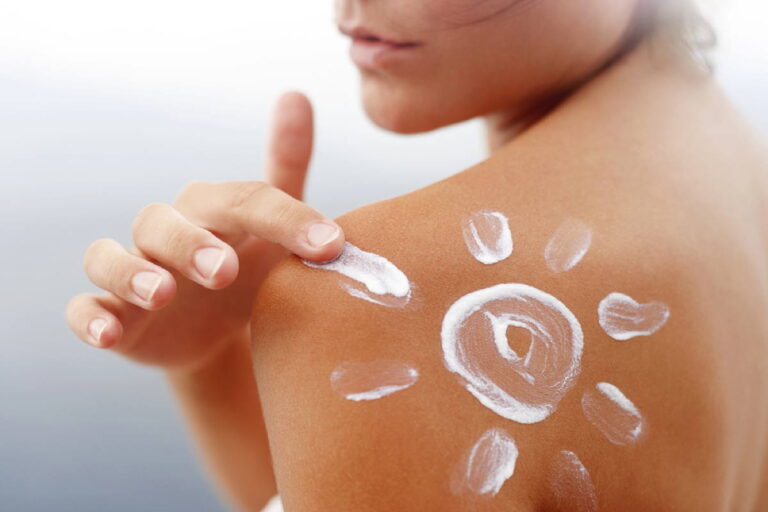Dupuytren’s disease: causes, symptoms and treatment
What happens when the hand that accompanies us every day suddenly loses its flexibility? A progressive disease of the connective tissue in the palm of the hand can mean that the fingers can no longer be fully extended.
This disease, which often begins with the formation of lumps and strands in the palm of the hand, frequently affects the fourth and fifth fingers.
The exact causes of this condition are not yet fully understood, but it is known that it can lead to significant hand dysfunction if left untreated. In this article, we will take a closer look at the causes, symptoms and treatment options for this condition.
What is Dupuytren’s disease?
Dupuytren’s disease is one of the most common hand deformities and is characterized by progressive fibrosis of the palmar aponeurosis. This hand disease leads to a thickening and shortening of the palmar aponeurosis, which can ultimately lead to a flexion contracture of the fingers.
Definition and overview
Dupuytren’s disease is a fibroproliferative disorder that primarily affects the palmar aponeurosis. The exact cause of the disease is not yet fully understood, but genetic factors are thought to play an important role. The disease typically manifests itself by the formation of nodules and cords in the palm of the hand, which can lead to flexion contracture of the fingers over time.
| Feature | Description |
|---|---|
| Main feature | Fibrosis of the palmar aponeurosis |
| Typical symptoms | Lumps and strands in the palm, flexion contracture of the fingers |
| Genetic predisposition | Yes, familial clustering |
History of the disease
In 1832, Baron Guillaume Dupuytren introduced the condition named after him in Paris. However, it had already been described by Henry Cline and Sir Astley Cooper in 1777. The first references to Dupuytren’s disease can be found in Icelandic sagas dating back to 1614. The disease was occasionally referred to as the „Viking disease“, as it was thought to have been spread by the Vikings. However, modern genome studies have disproved this theory.
The history of Dupuytren’s disease is long and dates back to the 17th century. The disease is widespread worldwide and is not restricted to a specific ethnic group.
Epidemiology of Dupuytren’s disease
The epidemiology of Dupuytren’s disease is a complex field that studies the incidence and prevalence of this condition. Dupuytren’s disease is a disorder that is influenced by a combination of genetic and environmental factors.
Frequency and distribution
Genetic predisposition plays a decisive role in the development of Dupuytren’s disease. A Danish twin study has shown that genetic predisposition accounts for around 80% of the causes of the disease.
The disease occurs more frequently in people with certain underlying conditions, such as diabetes mellitus, liver disease and epilepsy.
| Risk factor | Odds Ratio (OR) |
|---|---|
| Diabetes mellitus | 3,1 |
| Liver diseases | 2,9 |
| Epilepsy | 2,8 |
| Increased alcohol consumption | 1,7 |
| Many years of experience with vibrating tools | 2,9 |
Risk factors and groups of people affected
The analysis of risk factors shows that people with certain underlying diseases have a significantly increased risk of developing Dupuytren’s disease. In addition, lifestyle factors such as excessive alcohol consumption can increase the risk of developing the disease.
Occupational stress, especially long-term work with vibrating tools, can also increase the risk, especially in people under 60 years of age.
Causes and development
The exact cause of Dupuytren’s disease remains unclear, but research suggests a combination of genetic and external influences. The disease is characterized by a hardening of the connective tissue in the hand, which can lead to a flexion contracture of the fingers.
Genetic factors
Genetic factors play a significant role in the development of Dupuytren’s disease. Studies have shown that people with a family history of the disease have a higher risk of developing it themselves. The genetic component probably influences the structure and function of the connective tissue in the hand.
Environmental factors and lifestyle
In addition to genetic predisposition, various environmental factors and lifestyle aspects contribute to the development and progression of Dupuytren’s disease. Chronic mechanical stress on the hands, as occurs in certain occupations, can promote the development of the disease.
| Environmental factor | Description | Influence on Dupuytren’s disease |
|---|---|---|
| Mechanical load | Chronic strain on the hands | Favors the development |
| Diabetes mellitus | Metabolic disease | Promotes hardening and knot formation |
| Smoking and alcohol consumption | Excessive consumption | Can accelerate the course of the disease |
Traumatic events such as hand injuries can also act as triggers, especially in genetically predisposed individuals. The combination of genetic predisposition and environmental factors determines the risk and course of the disease.
Symptoms and course of the disease
The symptoms of Dupuytren’s disease can be very diverse and vary from person to person. The progression of the disease is often slow and can take place over many years.
Early signs
In the early stages of the disease, palpable lumps or indurations may appear in the palm of the hand. These changes are often painless and can easily be overlooked.
Advanced symptoms
As the disease progresses, cords can form that lead to a flexion contracture of the fingers. This can considerably restrict the ability to move the fingers.
Typical course of the disease
The natural course of Dupuytren’s disease is variable. Progression often takes place slowly over years, but there are also aggressive forms. The disease can be halted at any stage.
| Stadiums | Symptoms | Course |
|---|---|---|
| Early stage | Palpable lumps or indurations | Slowly progressing |
| Advanced stage | Strand formation, flexion contracture | Variable, sometimes aggressive |
| Final stage | Significant restriction of finger mobility | Often standstill, rarely regression |
It is important to know that Dupuytren’s disease is not definitively curable. Even after successful treatment, cords can form again years later.
Severity and classification
The classification of Dupuytren’s disease is crucial for choosing the appropriate treatment. It helps to determine the severity of the disease and to choose the best therapeutic approach.
Tubiana classification
The Tubiana classification is a frequently used system for categorizing Dupuytren’s disease. It is based on the extent of the extension deficit of the affected fingers and divides the disease into different stages.
This system enables a detailed assessment of the progress of the disease and is particularly important in hand surgery.
Alternative classification systems
In addition to the Tubiana classification, there are other classification systems for Dupuytren’s disease. A simplified classification divides the disease into three degrees of severity: mild, moderate and severe involvement of one hand.
The historical Meyerding classification describes four stages, which cover the progress from nodule formation to fixation of the extensor apparatus to the joint capsules. In the field of hand surgery, a modified Tubiana classification with five instead of six stages is sometimes used.
The choice of classification system often depends on the clinical context. For scientific studies and specialized hand surgeons, the more detailed Tubiana classification is preferred.
As one expert stated: „Choosing the right classification system is crucial for the effective treatment of Dupuytren’s disease.“ An accurate classification makes it possible to better understand the disease and take appropriate treatment measures.
Diagnosis of Dupuytren’s disease
Dupuytren’s disease is mainly diagnosed through a clinical examination. The doctor examines the hand and fingers for typical signs of the disease.
Clinical examination
During the clinical examination, the doctor looks for palpable nodules and cords in the palm of the hand as well as a possible flexion contracture of the fingers. The examination also includes checking the mobility of the fingers and hand.
Differential diagnoses
When diagnosing Dupuytren’s disease, the doctor must rule out various other diseases that can cause similar symptoms. These include stenosing tendovaginitis (rapid finger), camptodactyly, scarring after injuries or operations, as well as tumors of the hand or inflammatory diseases such as rheumatoid arthritis.
| Disease | Symptoms | Distinguishing features |
|---|---|---|
| Dupuytren’s disease | Nodules and strands in the palm of the hand, flexion contracture of the fingers | Typical palmar nodules and strands |
| Snapping finger | Restricted movement of the fingers | Changes in the tendon sheath |
| Camptodactyly | Congenital flexion contracture, usually of the little finger | Begins in childhood or adolescence |
Conservative treatment methods
Conservative treatment methods for Dupuytren’s disease include a variety of approaches aimed at alleviating the symptoms. These methods are particularly important in the early stages of the disease or when the symptoms are not yet very pronounced.
Radiotherapy
Radiotherapy is a conservative treatment method that can be used for Dupuytren’s disease. It aims to slow down or stop the progression of the disease. However, the effectiveness of radiotherapy is controversial and requires further research.
Collagenase injections
Collagenase injections are another conservative treatment option. An enzyme is injected into the affected tendon to release the shortened tendon. This method has shown positive results in some studies, but is not suitable for every patient.
Other non-surgical approaches
There are various other conservative approaches that can be used for Dupuytren’s disease. These include physical therapy measures such as ultrasound treatments, which can help to alleviate symptoms in the early stages. Special hand splints or padded fingerless gloves can provide relief in everyday life for patients with mild symptoms and protect the skin.
| Treatment method | Description | Effectiveness |
|---|---|---|
| Radiotherapy | Use of radiation to slow down the progression of the disease | Controversial, requires further research |
| Collagenase injections | Injection of an enzyme to loosen shortened tendons | Positive results in some studies |
| Ultrasound treatments | Physical therapy for symptom relief | Limited efficacy, may help in early stages |
| Hand splints/gloves | Special orthoses for relief and skin protection | Can be helpful for patients with mild complaints |
The use of vitamin E or local corticosteroid injections has not shown convincing results in studies and is therefore not routinely recommended. More recent research approaches are investigating the use of TNF blockers as injection therapy, with initial results appearing promising, but further long-term studies over several years are required.
Surgical treatment methods
The choice of surgical treatment for Dupuytren’s disease depends on several factors, including the severity of the disease and the patient’s state of health. In general, less invasive procedures have a higher risk of recurrence, but scar faster and have significantly lower complication rates.
Depending on the individual symptoms, different surgical techniques can also be combined. This enables customized treatment that is tailored to the specific needs of the patient.
Percutaneous needle fasciotomy
Percutaneous needle fasciotomy is a minimally invasive procedure that is particularly suitable for older patients or those with comorbidities. It offers rapid healing and low complication rates, albeit with a higher risk of recurrence.
Selective and limited fasciectomy
Selective and limited fasciectomy is an operation in which only the diseased tissue is removed. This procedure is suitable for younger patients or patients with aggressive disease progression and offers a good balance between effectiveness and risk of complications.
Radical fasciectomy and dermatofasciectomy
Radical fasciectomy and dermatofasciectomy are more extensive surgical procedures that are used in severe cases or in cases of recurrence. They offer a lower recurrence rate, but are associated with higher complication rates.
Choice of the appropriate surgical method
The treating hand surgeon must carefully weigh up the risk-benefit ratio and consider the higher risk of recurrence with less invasive procedures against the higher complication rate with more invasive procedures. The decision depends on factors such as the patient’s age, state of health and professional requirements.
| Operation method | Degree of invasiveness | Risk of recurrence | Complication rate |
|---|---|---|---|
| Percutaneous needle fasciotomy | Low | High | Low |
| Selective and limited fasciectomy | Medium | Medium | Medium |
| Radical fasciectomy and dermatofasciectomy | High | Low | High |
Aftercare and rehabilitation
Rehabilitation after Dupuytren’s disease surgery involves various aspects, including physiotherapy and orthoses. Comprehensive follow-up treatment is crucial to secure the results of the operation and improve the function of the hand.
Physiotherapy and occupational therapy
Physiotherapy plays a central role in the follow-up treatment of Dupuytren’s disease after surgery. It helps to restore the mobility of the fingers and improve the strength of the hand. Occupational therapy helps patients to regain their everyday skills.
Physiotherapy includes exercises aimed at improving finger extension and minimizing scarring. In some cases, occupational therapy may also be required to help patients regain their fine motor skills.
Orthoses and aids
Orthoses, such as night splints, are an important part of post-operative treatment. They are used to keep the operated fingers in an extended position and prevent scar shrinkage. The length of time these orthoses are worn can vary depending on the severity of the condition and the type of surgery.
As a rule, the orthoses are worn at night for three to six months. In complicated cases or after radical surgery, they can be worn for up to a year. Additional aids such as scar pads or silicone pads can have a positive effect on scar formation and reduce skin irritation.
Follow-up treatment after Dupuytren’s disease surgery requires patience and discipline. With consistent physiotherapy and the use of orthoses and aids, the results of the treatment can be optimized and complications minimized.
Complications and recurrences
The treatment of Dupuytren’s disease can lead to various complications and recurrences. Dupuytren’s disease is a chronic disease that requires long-term care.
Frequent complications
Various complications can occur after treatment. These include infections, nerve damage and recurrences of the disease.
A study has shown that the cumulative complication rate for collagenase injections is 78%. Complications such as nerve damage and infections can occur with percutaneous needle fasciotomy.
| Treatment method | Complication rate | Recurrence rate |
|---|---|---|
| Collagenase injections | 78% | 65% after 3 years |
| Percutaneous needle fasciotomy | not specified | 65% after 32 months |
| Limited fasciectomy | not specified | 12-73% after 5 years |
| Dermatofasciectomy | not specified | 8.4% after 6 years |
Risk of recurrence and long-term prognosis
The risk of recurrence varies depending on the treatment method. The long-term prognosis is influenced by factors such as genetic predisposition, age at first manifestation and concomitant diseases.
Patients should be informed about the risk of recurrence in order to have realistic expectations of treatment. Dupuytren’s contracture can progress slowly and re-treatment may be necessary.
Related diseases
Dupuytren’s disease is not a disease in itself; it often occurs in conjunction with other fibromatous diseases. These associations are important for understanding the pathogenesis and treatment of Dupuytren’s disease.
Ledderhose disease
One of the related diseases is plantar fibromatosis, also known as Ledderhose disease. This disease affects the sole of the foot and has similar fibromatous changes to Dupuytren’s disease. In a study of 730 men suffering from Dupuytren’s disease, 16% of patients were also diagnosed with plantar fibromatosis.
Induratio penis plastica (Peyronie’s disease)
Another related fibromatosis is induratio penis plastica, also known as Peyronie’s disease. This disease is characterized by changes in the connective tissue of the penis, which can lead to curvature, pain and erectile dysfunction. Studies show that around 7.8% of men with Dupuytren’s disease are also affected by induratio penis plastica.
The link between these diseases points to a common pathogenetic mechanism and emphasizes the importance of comprehensive diagnosis and treatment.
Living with Dupuytren’s disease
Living with Dupuytren’s disease requires continuous confrontation with the progressive changes in the palm of the hand. The disease progresses slowly and can increasingly restrict the ability to move the fingers.
In the early stages of the disease, when the first lumps become palpable in the palm of the hand, it is important to have regular check-ups with your doctor. This allows the progression of the disease to be monitored and the optimum time for treatment to be determined.
Everyday activities can become more difficult as the contracture increases. Patients must therefore develop adaptation strategies. In addition, the psychological strain caused by the visible hardening and deformation of the hands can be considerable, which is why professional support can be helpful.
As Dupuytren’s disease cannot be cured and recurrences are common, patients should develop realistic expectations and draw up a long-term treatment plan with their doctor. Self-help groups and patient organizations can also provide valuable support.






